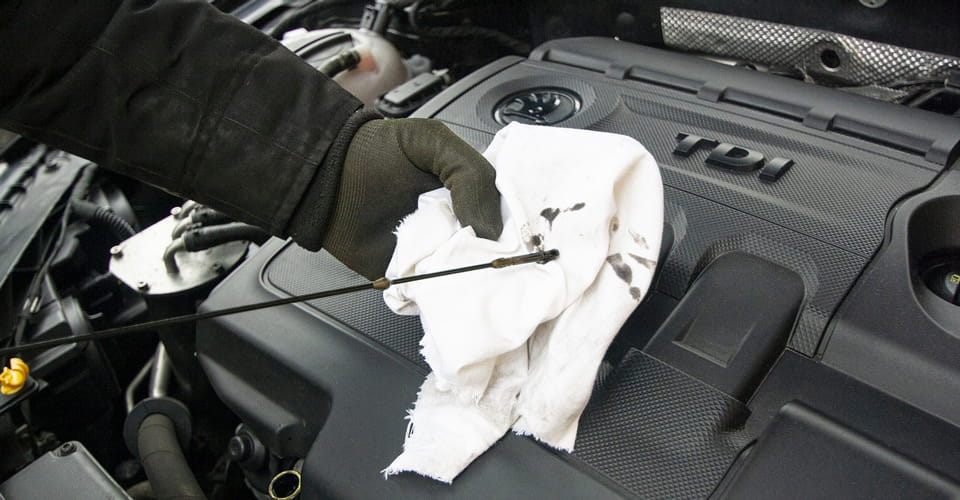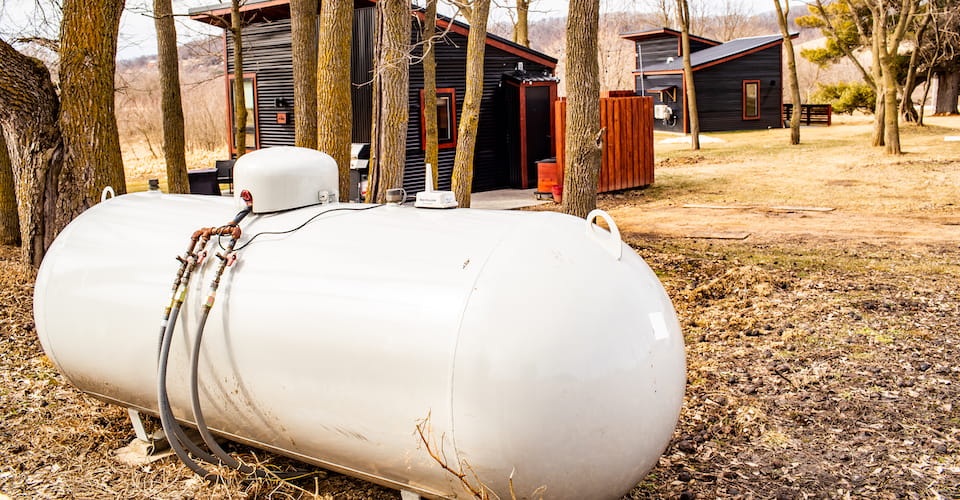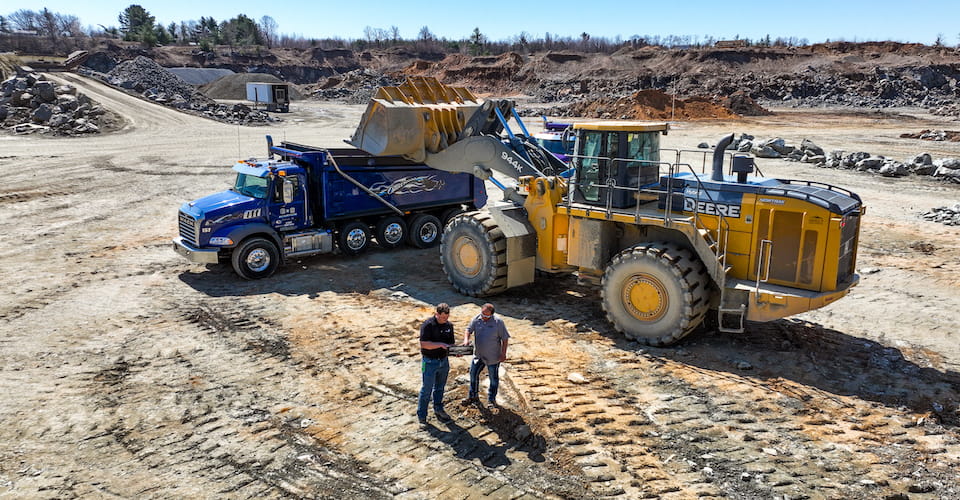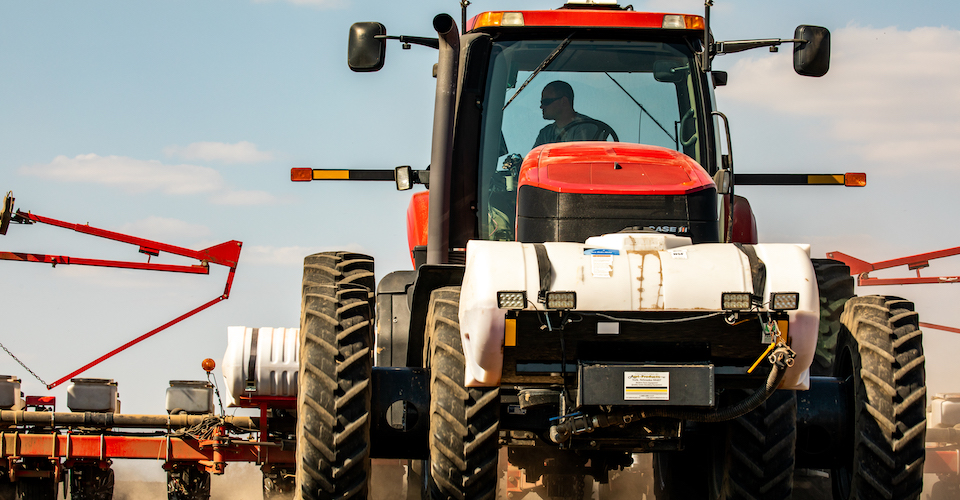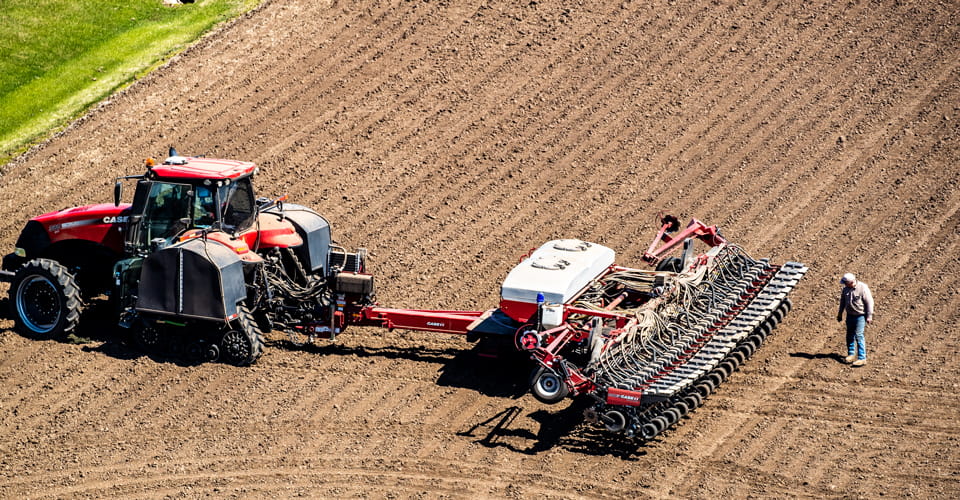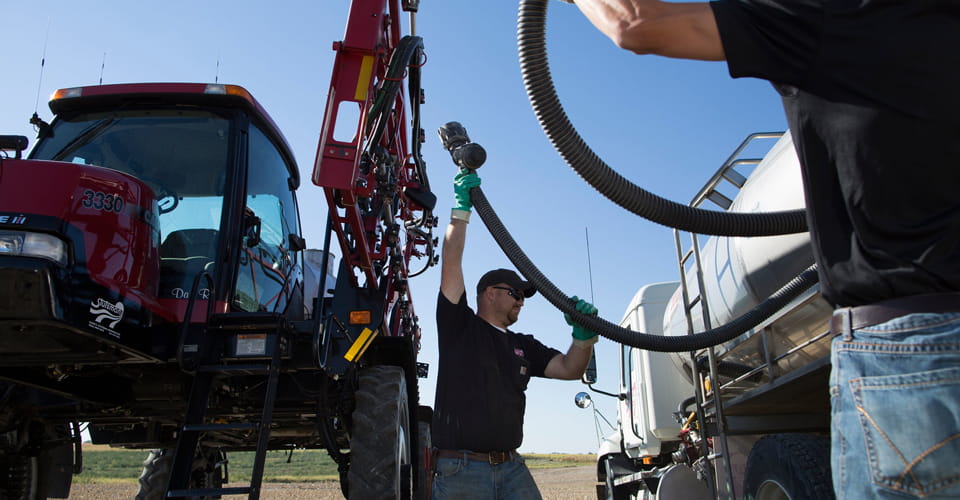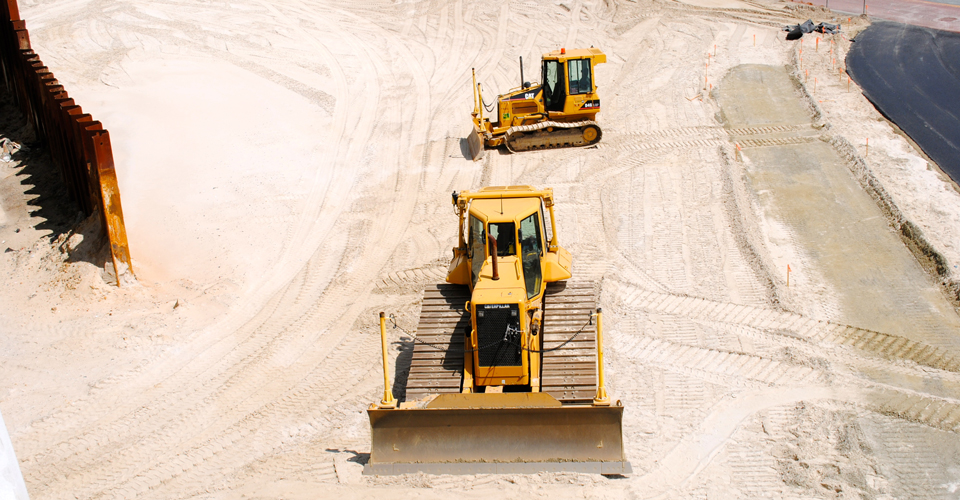
If you’re like most construction managers, you probably have many priorities fighting for your attention. Between schedules, finances, safety and more, there are many factors to juggle to keep a jobsite running smoothly and operating profitably.
One equally important influence on your success are the lubricants inside your equipment. It’s no secret that quality lubricants play a critical role in keeping your machines protected. Without proper lubrication, equipment can experience excess wear to the point where a breakdown might occur in the middle of a job — costing thousands of dollars in lost time and repairs.
When talking about lubricants, often it’s engine oils that immediately come to mind. That’s hardly a surprise, given that engine oils have strict and frequent change intervals that keep them top-of-mind. But to keep your machines running their best, it’s important to maintain all their fluids.
The essential role of hydraulic fluids
Hydraulic fluids are a uniquely important type of lubrication because of the many functions they fulfill. Besides transferring power within a machine, hydraulic fluid also lubricates moving parts, dissipates heat and carries away contaminants — which is a tall order for any fluid.
Unfortunately, hydraulic fluid drain intervals are often overlooked — which in turn can put an entire operation at risk. If left unchecked, your hydraulic fluid can become susceptible to the harsh conditions on a jobsite. Two of the biggest risk factors are heat and contamination.
Why heat is bad for hydraulic fluid
Extreme heat like the temperatures often experienced on a jobsite can cause a lubricant to thin. This loss of viscosity can impede a hydraulic fluid’s ability to perform the way it should.
What’s more, summer heat can accelerate oxidation, or the gradual breakdown of a lubricant. And while it’s a naturally occurring process, oxidation can make for some rather unpleasant results. Left unchecked, oxidation can eventually turn a lubricant into thick, black sludge.
What contaminants do to hydraulic systems
The other risk factor faced by hydraulic fluid on the jobsite is contamination — dirt, debris and other foreign matter that makes its way into hydraulic components.
Today’s construction rigs are built with enhanced performance technology, but their precision engineering comes with a tradeoff. Modern construction equipment has tight tolerances for contamination. If impurities from the jobsite get inside a hydraulic component, they can cause wear and eventual damage to a machine.
How to protect your hydraulic system from jobsite risks
Construction sites are harsh environments for equipment. To minimize the risk of damaging your hydraulic system, the easiest means of protection is by using a premium hydraulic fluid.
Not all hydraulic fluids are created equal. It can be tempting to opt for a bargain product, but often, the true cost of these low-quality fluids comes in the form of lost efficiency and extra repairs.
Premium hydraulic fluids like the Cenex® Indol® product line are engineered to withstand the intense temperatures and environments on the jobsite. Because of their high-quality base oils and balanced additive packages, Indol hydraulic fluids provide superior thermal oxidation resistance.
In addition, Indol fights against contaminants that can infiltrate hydraulic systems, thanks to the carefully balanced additive package it contains. Together, detergents and dispersants work to break up and eliminate harmful dirt, soot and particles that can lead to severe engine problems.
Protecting your equipment is important in any setting, but it’s especially critical in a trying environment like construction. As you manage the other daily activities on the jobsite, remember that a little attention to your hydraulic system today can help keep a project running smoothly tomorrow.
Learn more about Cenex Indol premium hydraulic fluid by contacting your local Cenex premium lubricants dealer.


